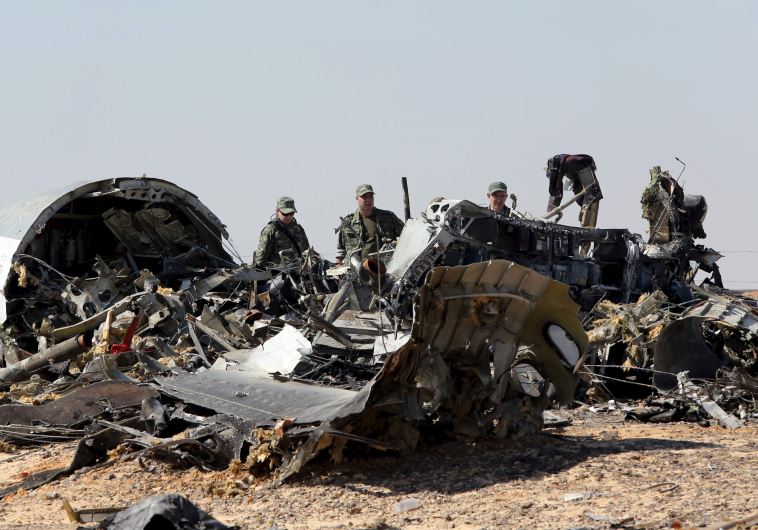Analysis: Cause of Sinai plane crash unknown, but Israel already prepared
The Shin Bet and IDF have prepared for possibility that ISIS-linked terrorists could target planes over Israeli airports near Egyptian border.
 Russian airliner at its crash site at the Hassana area in Arish city, north EgyptUpdated:
Russian airliner at its crash site at the Hassana area in Arish city, north EgyptUpdated: